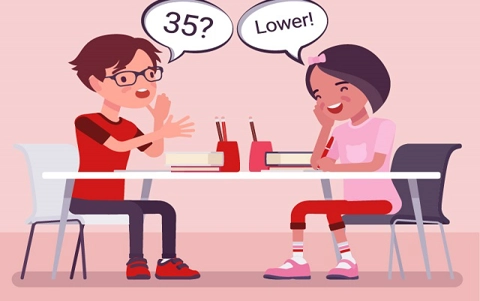Learn together
This collection of activities have been designed for you to complete in your home or around your local community to assist in building your child’s knowledge of the Digital Technologies curriculum.
Additional details
| Year band(s) | Foundation, 1-2, 3-4, 5-6, 7-8, 9-10 |
|---|---|
| Format | Web page |
| Organisation | ESA |
| Copyright | Creative Commons Attribution 4.0, unless otherwise indicated. |
Related resources
-
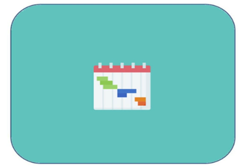
Years 9–10: Student-driven project
In this project, students take responsibility for selecting and managing a collaborative project to design and develop a digital product or prototype.
-
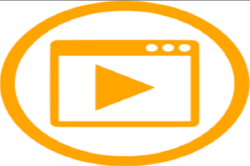
Tinker challenge: if/else: simple conditional response
This video is part of the lesson idea Coding a sentimental chatbot in Python that is located on the Digital Technologies Hub.
-
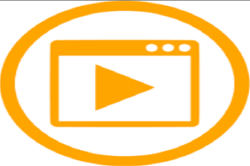
Tinker challenge: respond to the user's sentiment
This video is part of the lesson idea Coding a sentimental chatbot in Python that is located on the Digital Technologies Hub.
-
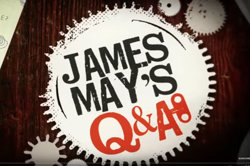
What are binary numbers? - James May's Q&A (Ep 11100) - Head Squeeze
Binary Numbers are explained in this video by Top Gear's James May.
-

A spreadsheet's secret weapon
In this lesson sequence, students learn to use pivot tables which have been described as the most powerful tool within spreadsheets.
-
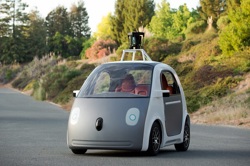
AI ethics - What's possible, probable and preferred?
The development and ubiquity of Artificial Intelligence raise a number of social and ethical matters that students can explore in the Digital Technologies classroom.
-

Bloom's Taxonomy
This section provides a guide for developing assessment activities based on the key active verbs in the Australian Curriculum: Digital Technologies using Bloom's Taxonomy as a framework.
-

What's The Difference Between ICT Capabilities & the Digital Technologies Learning Area?
This blog summarises the differences between ICT Capabilities & the Digital Technologies Learning Area. The blog article is written by Dr Rebecca Vivian a leader in Digital Technologies working in the Computer Science Education Research Group based at The University of Adelaide.
